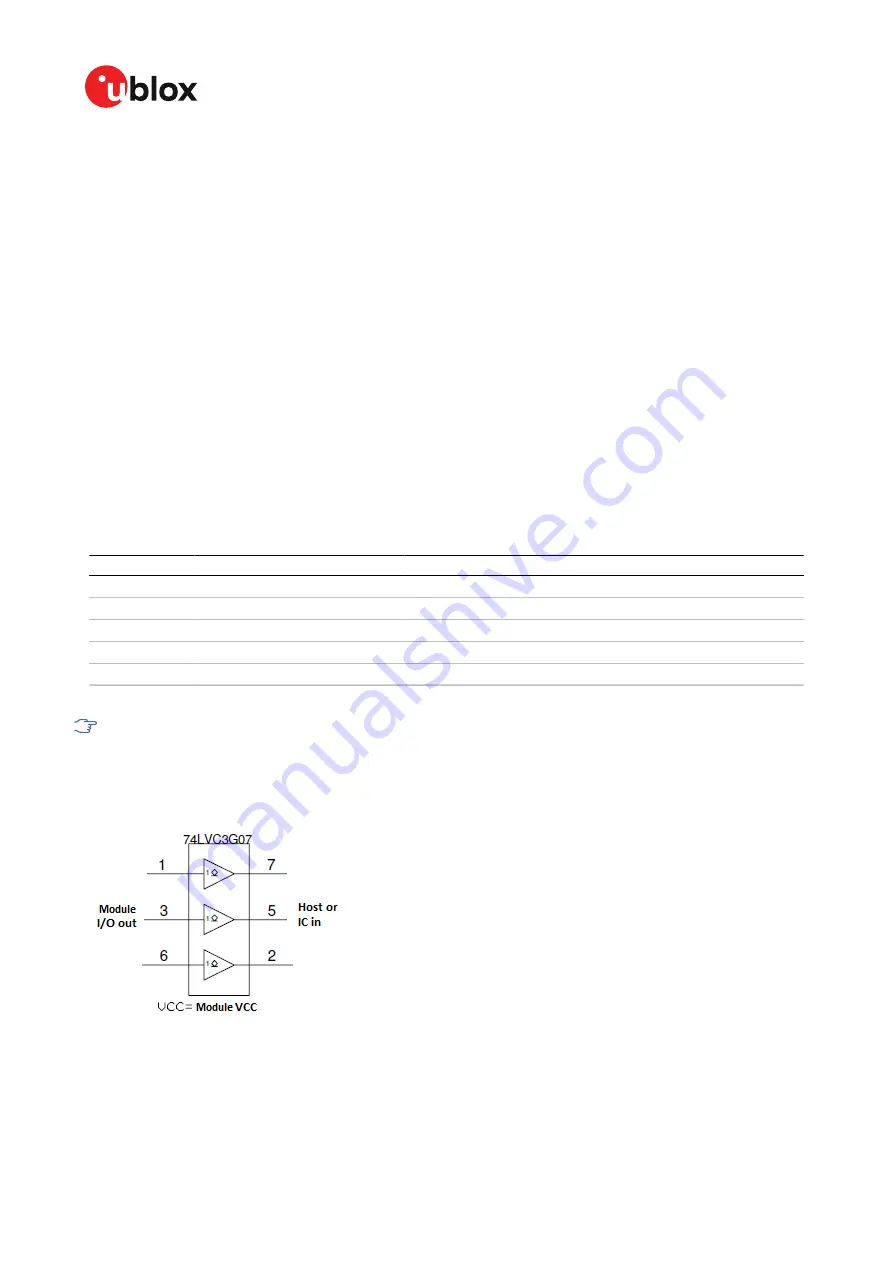
ZED-F9H - Integration manual
messages will always produce a response. This will be UBX-ACK-NAK in case of error, otherwise UBX-
ACK-ACK unless there is some other defined response to the message.
It is possible to send a small number of logging commands without waiting for acknowledgment,
since there is a command queue, but this risks confusion between the acknowledgments for the
commands. Also a command queue overflow would result in commands being lost.
3.6 Communication interfaces
u-blox receivers are equipped with a communication interface which is multi-protocol capable. The
interface ports can be used to transmit GNSS measurements, monitor status information and
configure the receiver.
A protocol (e.g. UBX, NMEA) can be assigned to several ports simultaneously, each configured with
individual settings (e.g. baud rate, message rates, etc.). More than one protocol (e.g. UBX protocol
and NMEA) can be assigned to a single port (multi-protocol capability), which is particularly useful
for debugging purposes.
The ZED-F9H provides UART1, UART2, SPI, I2C and USB interfaces for communication with a
host CPU. The interfaces are configured via the configuration methods described in the applicable
interface description [
].
The following table shows the port numbers reported in the UBX-MON-COMMS messages.
Port no.
UBX-MON-COMMS portId
Electrical interface
0
0x0000
I2C
1
0x0100
UART1
2
0x0201
UART2
3
0x0300
USB
4
0x0400
SPI
Table 17: Port number assignment
It is important to isolate interface pins when VCC is removed. They can be allowed to float or
they can be connected to a high impedance.
Example isolation circuit is shown below.
Figure 13: ZED-F9H output isolation
UBX-19030120 - R04
3 Receiver functionality
Page 31 of 101
C1-Public






























